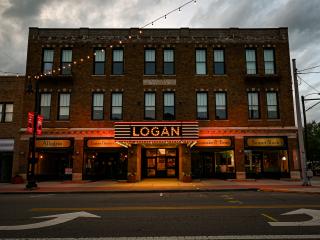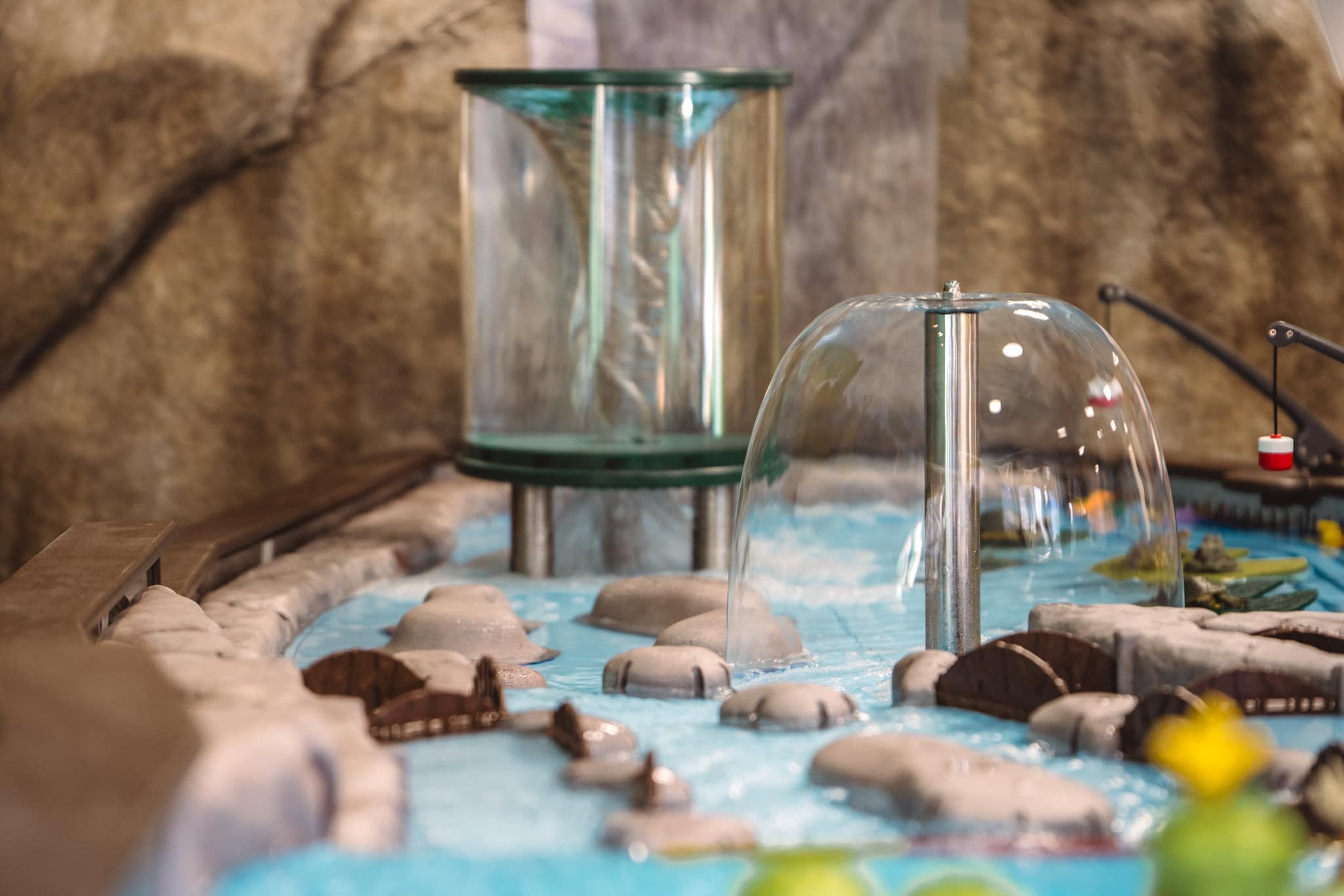
Hocking Hills, Ohio
A Community Impact Story
Investing in Our Community – The Hocking Hills Destination Investment Fund
Social Impact Framework: Destination Stewardship

What was the issue you were trying to address?
At Explore Hocking Hills, we recognized a growing disconnect between our organization and the residents we serve. While tourism brought revenue and recognition to the region, many community members didn’t feel the direct benefits. They questioned whether we were giving back in meaningful ways. We wanted to shift that perception by demonstrating our support through tangible, visible investments in community well-being. The Destination Investment Fund (DIF) was created to do just that: to reinvest in the people, places, and projects that make Hocking Hills such a special place for both residents and guests.
What were the stated objectives of this initiative?
The core purpose of the DIF is to reinvest a portion of the revenue generated from Hocking County’s lodging tax into projects that benefit both residents and visitors. Through this program, we aim to enhance the quality of life in our community while also creating new, enriching experiences for travelers.
To be eligible, applicants must be 501(c)(3) nonprofit organizations with a clearly outlined budget and project plan. These proposals must demonstrate how the initiative will introduce or improve experiences that align with our community goals, whether through arts, culture, recreation, beautification, or access. We’ve funded projects ranging from the revitalization of the historic Logan Theater and the creation of the Hocking Hills Children’s Museum to support for events like Logan in Bloom and programs at the Bowen House. Each grant is an opportunity to create positive, lasting change.
What were the specific metrics you used to measure the success of your efforts?
We measure our success in a few key ways. First, we look at the number and quality of applications we receive during each grant cycle. The variety and creativity of these submissions give us a real-time glimpse into the evolving needs and aspirations of our community.
We also track the total funds awarded and the breadth of impact those dollars generate, whether it’s in terms of visitor engagement, enhanced public spaces, or new cultural opportunities. Beyond the numbers, we pay close attention to how these projects are received by residents and visitors alike. Do they spark pride? Do they offer something new or needed? Are they helping our guests explore beyond Hocking Hills State Park, easing pressure on our most popular sites? These are the indicators that tell us we’re on the right path.

What were the specific outcomes and results of your efforts?
The DIF has allowed us to support a wide range of initiatives that bring immediate and long-term value to our community. With over $1.5 million in the fund, we’ve allocated over $500,000 so far to restore beloved landmarks like the Logan Theater, hoste free pool events that bring families together, and fund beautification projects through Logan in Bloom that enhance the charm of Downtown Logan. These aren’t abstract investments, but real-world improvements that people can see, experience, and enjoy.
From a visitor perspective, these projects have diversified our regional offerings, giving guests more to do and encouraging them to explore beyond the core trails of Hocking Hills State Park. This has helped reduce congestion and still deliver memorable experiences throughout the area. More importantly, it has allowed us to showcase the broader story of Hocking Hills, one that includes arts, history, nature, and community spirit.

What other best practices or key lessons can you share?
One of the most valuable outcomes of this initiative has been the deeper trust and connection we’ve built with our community. The Destination Investment Fund is about showing our residents that we care, and that we see ourselves as part of this community, not separate from it.
To ensure the integrity of the program, we established a DIF committee to carefully review every application. This has helped maintain transparency and trust. After our first year, we realized the demand and potential impact were greater than we initially anticipated, so we moved to two grant cycles per year.
Our key takeaway is this: when you invest directly in the well-being of your community, everyone benefits. Visitors gain new experiences, residents feel valued, and tourism becomes a shared success. Through the DIF, we’ve created more than just a funding mechanism: we’ve created a tool for connection, pride, and sustainable growth.

